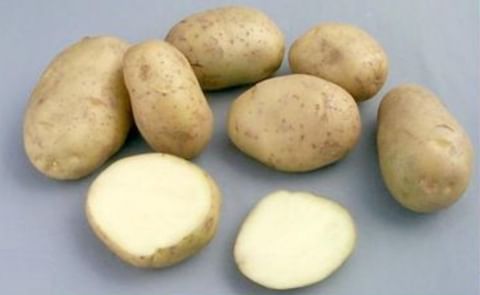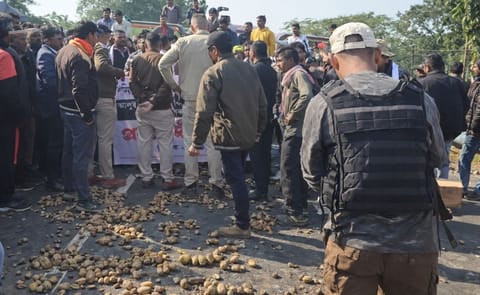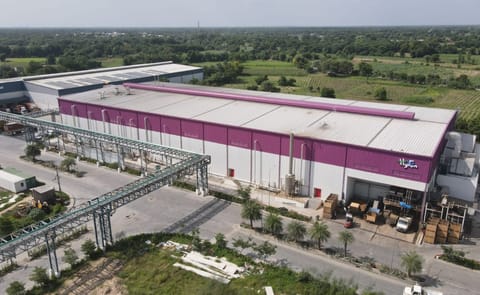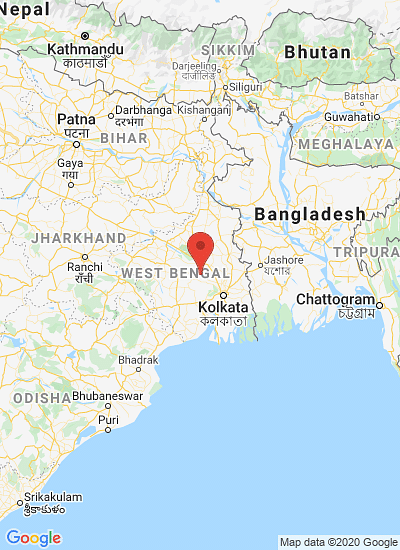Potato Production in India affected by Unseasonal Rains and Heat Wave
Potato Production in key production areas of India affected by Unseasonal Rains and Heat Wave
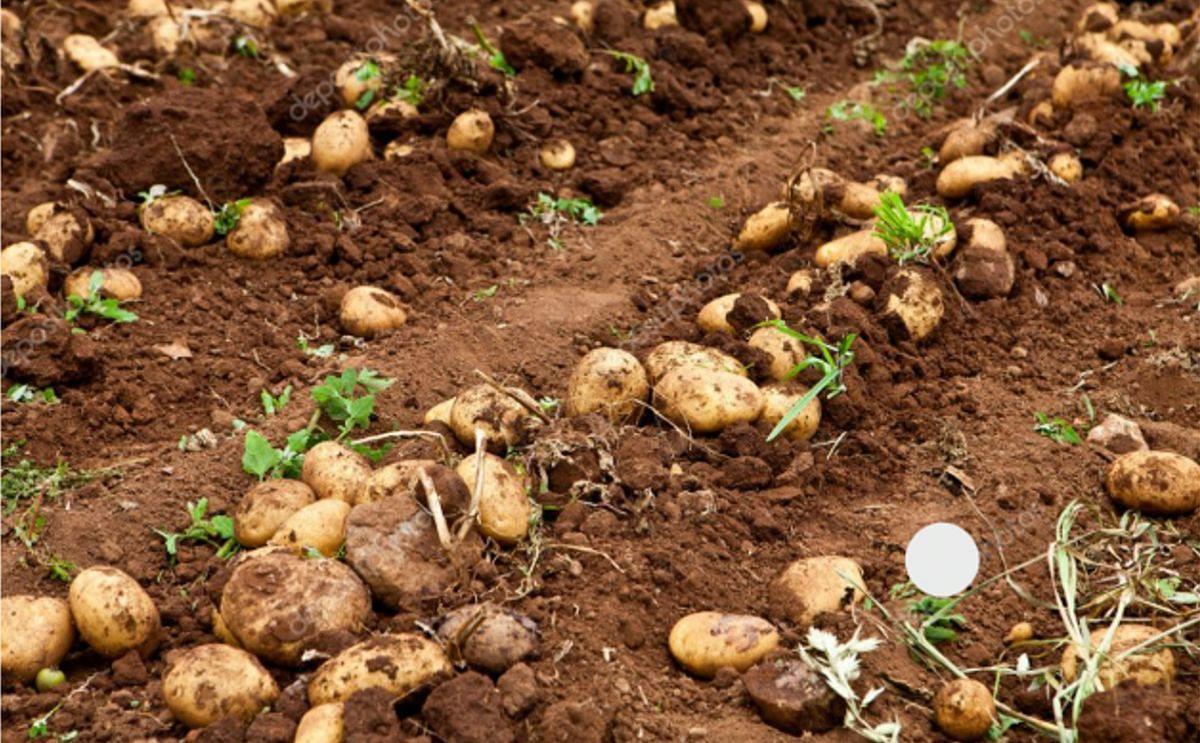
Potato production in the current crop year is estimated to be 53.60 mt, down from 56.17 mt last year, according to the Ministry of Agriculture's first estimate of horticulture production. Production has been hampered in West Bengal, Punjab, and Haryana due to heavy rains in November and December of last year, just before sowing.
The crop has also been harmed by the countrywide heatwave that has been in effect since March. However, a section of the trade believes that states with numerous potatoes stored in cold storage, such as Bihar, Gujarat, and Rajasthan, could ensure that prices do not skyrocket.
West Bengal, the second-largest producer, has seen a 23% decrease in output this year. The state's tuber production is down to around 8.5 million tonnes, compared to 11 million tonnes in 2021.
Rajesh Goyal, Secretary of the Federation of Cold Storage Associations of India (FCSAI):
"The crop is lower by 10 to 25% in Punjab and Haryana as a result of the impact of unseasonal rains."
The Associations plays an important role in storing the spud. The wholesale price of common variety potato (Jyoti variety) has increased by nearly 57% this year to INR 22-24 (about USD 0.28-0.31) a kg, up from INR 14-16 (about USD 0.18-0.21) a kg in the same period last year.
Potato prices ruled at INR 1,020 (about USD 13.17) per quintal in the Agra agricultural produce marketing committee yard in Uttar Pradesh's largest producing state on Monday, up INR 200 (about USD 2.58) year-on-year. Bengal saw a bumper crop last year, with a 16% increase in production compared to 9.5 mt in 2020, keeping prices relatively stable.
Potatoes freshly cultivated from farms are typically consumed for the first three to four months of the year, according to Patit Paban De, Member, West Bengal Cold Storage Association. After that, stored potatoes begin to enter the market.
The price of potatoes that have been released from cold storage is slightly higher than the price of farm potatoes. For example, in February of this year, the price of a kilogram of potatoes was around INR 12-13 (about USD 0.15-0.17).
Patit Paban De:
"There were late rains during the sowing period, which caused some crops to rot. Though some parcels of land were re-cultivated, it was insufficient to offset the loss. In comparison to last year, production is down by nearly 20-25 lakh tonnes this year."
Bengal was one of the states that experienced unseasonably heavy rains in November and early December. When cyclone Jawad hit, nearly 55-60% of sowing was completed in the key growing regions of Hooghly, Midnapore, Bankura, and Burdwan.
The untimely rains, which had inundated the fields, are likely to have an impact not only on production but also on the quality of the new crop.
Rajesh Goyal:
"Farmers and traders in Punjab and Haryana raised the issue of rains affecting the crop. In comparison, crop yields in Uttar Pradesh, Gujarat, and Madhya Pradesh were reported to be normal."
However, according to Ashish Guru, Senior Vice-President of FCSAI, potato storage in Bengal was down by more than 20%, but good production in other states could ensure the spud is well supplied to markets across the country.
Impact of Heat Waves:
However, things have deteriorated since the heatwave arrived early and half of the crop in Uttar Pradesh had yet to be harvested.
Rajesh Goyal:
"Initially, the production was estimated to be 10% higher. Even traders from Bengal, Punjab, and Haryana visited Uttar Pradesh to purchase potatoes. However, when a heatwave hit in March, just as the harvest was getting underway, the scenario changed for the worse."
The unusually warm weather in March affected not only the crop that was being harvested but also those in cold storage.
Rajesh Goyal:
"It is estimated that this affected 10% to 25% of the crop. The situation will be clear once the crop that arrived in the markets following Holi is sorted out."
He stated that when the sorting of potatoes in the storage begins, they will be able to see the affected potatoes as well as those that are rotting.
Rajesh Goyal:
"As a result, it is possible that we will return to normalcy from excess. The crop that came after Holi, in particular, could be affected."
Potato cultivation in Bengal covers nearly 4.6 lakh hectares of land. Key growing districts include Hooghly, Burdwan, Bankura, East Midnapore, and West Midnapore. Close to 61 lakh tonnes of potatoes have been loaded into cold storages, accounting for approximately 87 percent of the total capacity of the State's 400-odd cold storages, which is estimated to be 70 lakh tonnes.


